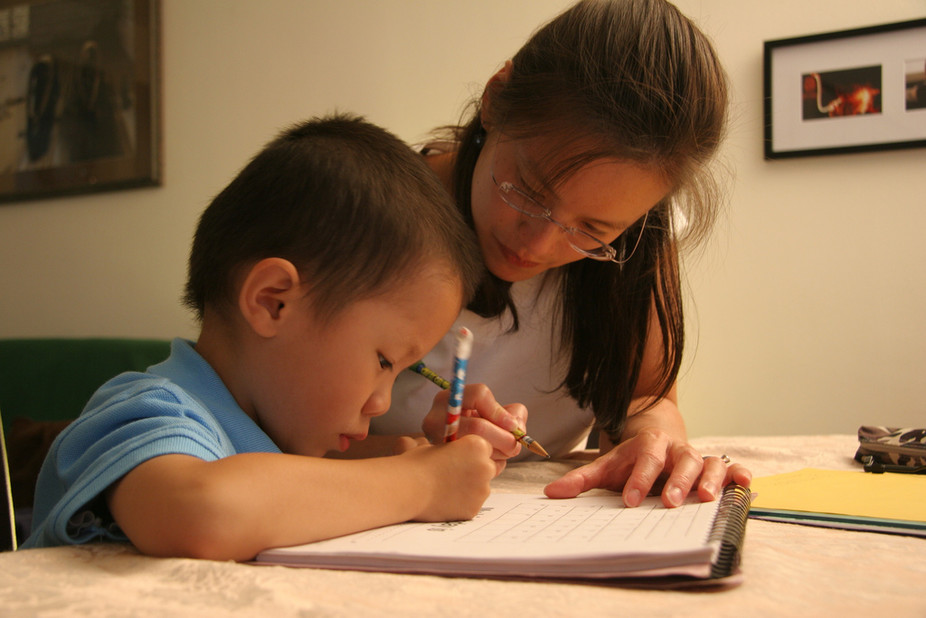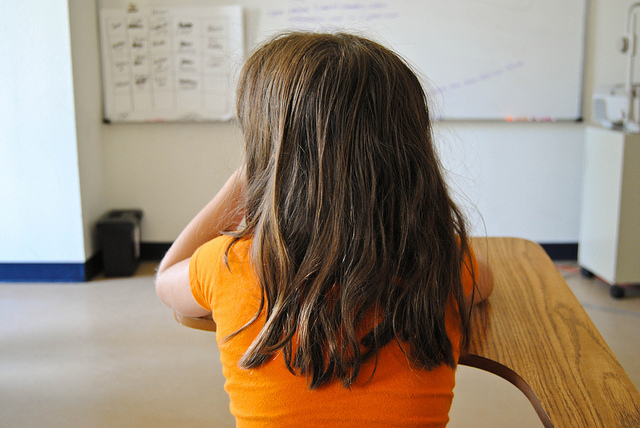With skyrocketing costs, budget crises, inconsistent curricula, poor standardized testing scores, and poor morale among teachers, administrators, and students, the need for sustainable and pervasive educational change is greater now than ever before. The numbers of questions related to the quality of the U.S. educational system from multiple sectors of society is at an all-time high. Many American parents have seen reports that American schools rank well below schools in countries such as China and Japan, or have heard President Obama declare a “dropout crisis” in the USA. An abundance of news reports and discouraging case studies has created panic …
The Dark Side of Educational Technology
There’s no denying that technology has great benefits for schools. However, any conversation that does not include the potential dangers of the widespread use of technology would not be complete. Here we will discuss the dark side of technology when it comes to its use in schools. Tablets are a learning fixture in many K-12 classrooms these days. Teachers, administrators, and parents have all been on board to push for one-to-one tablet programs in classrooms throughout the country. Why? Because a tablet has the potential to provide quick access to information and personalized learning. While few schools have met the …
The Power of Parents: A Primer on Parental Involvement
Parents play a powerful role in the success of each generation of K-12 students. But these days there are many factors that prevent parents from getting involved. Here, we’ll take a deeper look at these issues—and what we as a society can do about them. What Happens When Parents Don’t Show Up? As educators, we talk a lot about the role of teachers in the lives of students and debate the best ways to strengthen the classroom experience for students from all backgrounds. There is only so much a teacher can do, though, particularly with large class sizes and limited …
Continue reading “The Power of Parents: A Primer on Parental Involvement”
Reviving Creativity: How to Bring Art Back to Schools
As schools look for ways to slash their budgets, it’s become en vogue to treat art programs as disposable. After all, children need to be prepared for the future, and the future is in STEM, not in the arts, right? Unfortunately, it’s not quite that simple. Some schools find the arts unnecessary, but advocates are fighting to show America that art is still a subject that needs to be taught in schools. What’s the solution? Many schools have to cut their arts programs, and there is simply nothing they can do about that. Budget concerns and testing concerns are often …
Continue reading “Reviving Creativity: How to Bring Art Back to Schools”
3 Questions We Should Ask About Preschool
President Obama has been vocal about his belief that a publicly-funded universal preschool initiative is necessary to give American children an academic advantage before ever setting foot in a Kindergarten classroom. A poll conducted by the bipartisan team of Hart Research and Public Opinion Strategies found that 70 percent of respondents were in full support of a universal preschool plan as long as it did not contribute to the national deficit. Sixty percent of the Republicans polled supported the plan, despite its close ties with the Democratic Chief. It is clear that average Americans, despite party affiliation, are supportive of …
Continue reading “3 Questions We Should Ask About Preschool”
Why The US Education System is Failing: Part III
Public education in America is a paradox in the global perspective, a system that congratulates itself from within while failing to measure up to the achievements of other developed nations. It is not what is being taught in the American K-12 public school system that is so detrimental, either. It is more about what is missing. Larger cultural influences that focus on materialism and bottom lines undermine the public education of American K-12 students. Our students are prepped more for tangible results and less for a lifetime of learning. Part III of my series will continue to chronicle the problems …
Continue reading “Why The US Education System is Failing: Part III”
Wasted Data: Student Information Should be Shared
It’s no secret that technology implementation in P-12 schools comes with some serious red tape. While American colleges and universities tend to be at the forefront of innovative ways of learning, childhood education lags seriously behind. A recent PBS study found that while 90 percent of P-12 classrooms have at least one computer, only 35 percent have tablets or electronic readers. The amount of policy writing that goes into allowing “new” technology like tablets, let alone the budget for them, makes it prohibitive for most schools to implement the equipment in reasonable time frames. But what about technology that already …
Continue reading “Wasted Data: Student Information Should be Shared”
Does Your Teacher Preparation Program Meet These Five Standards?
So you want to be a teacher! That means you’re most likely looking for a teacher education program. To ensure proper training and the best chance at certification, you’ll want to enroll in a TEAC accredited teacher education program. But why? Why does TEAC accreditation matter? Well, to receive accreditation from TEAC, programs have to provide evidence that their program is of the highest quality. Schools that would like to apply for TEAC membership must first gain candidate membership, and then successfully matriculate through the accreditation process. Because of the similarities of their missions and accreditation philosophies, it was only …
Continue reading “Does Your Teacher Preparation Program Meet These Five Standards?”
9 Tips for Preventing the Summer Slide
When the school year ends, teachers are happy to have a break from the drudgery of the school year, but they also want students to avoid the summer slide. The summer slide occurs when children lose some of the academic skills and dispositions that they gained during the school year due to the absence and scarcity of quality learning activities during summer vacation. As the old saying goes, if you don’t use it, you lose it. To succeed academically, children need continuous opportunities to acquire new skills and practice existing ones. This need is especially heightened during the summer months, …
Top 5 Techniques for Culturally Responsive Teaching
The growing popularity of culturally responsive instruction is slowly causing traditional trends to be reversed. Teachers are increasingly being expected to adapt to the demands of a multicultural classroom. Given the wealth of diversity in our nation’s public schools, it is no wonder that instructional theory is advocating a shift toward a pedagogy that emphasizes a comfortable and academically enriching environment for students of all ethnicities, races, beliefs, and creeds. Culturally responsive pedagogy is a student-centered approach to teaching in which the students’ unique cultural strengths are identified and nurtured to promote student achievement and a sense of well-being about …
Continue reading “Top 5 Techniques for Culturally Responsive Teaching”








